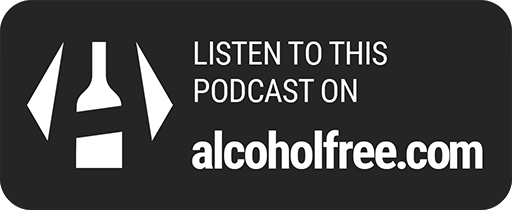Encouragementology

Kendell Boysen
Knowing When to Listen, When to Help, and When to Let It Breathe
Knowing When to Listen, When to Help, and When to Let It Breathe
Knowing When to Listen, When to Help, and When to Let It Breathe
Tuesday 21st October 2025
Kendell Boysen explores when to listen, help, or let it breathe in this insightful episode on support dynamics.
30 minutes
Inspiring
Informative
Compassionate
Encouraging
Authentic
About this podcast
Overview:
Categories:
Body & Mind
Spiritual & Personal Growth Journeys
Sobriety Toolkit
Sexual Empowerment & Identity
Entrepreneurship for Personal Growth
Links:
Visit site
Episodes:
233 (View all)

Do you want to link to this podcast?
Get the buttons here!Balancing Act: Listening, Helping, and Letting It Breathe
Episode Overview
- Pause before offering advice to shift from reaction mode to connection mode.
- Ask what role you're meant to play to provide meaningful support.
- Validate emotions before jumping into solutions.
- Recognise when letting it breathe is more helpful than solving.
- Connection is key; focus on being present rather than productive.
"Real empathy listens without rearranging."
What makes a recovery story truly inspiring? Kendell Boysen, a professional life and recovery coach, tackles the intricate balance between listening, helping, and simply letting things breathe in her podcast episode, "Knowing When to Listen, When to Help, and When to Let It Breathe." Boysen explores the roles we play in conversations, from the action-oriented fixer to the compassionate listener and the deeply empathetic empath.
It's a delicate dance many of us navigate, often without realising the impact of our instincts on those seeking support. Boysen challenges the instinctive urge to jump in with solutions when someone shares their struggles. Instead, she highlights the power of presence over performance. Through personal anecdotes and insights from experts like Brene Brown and Harriet Lerner, she underscores that connection is what truly heals.
The episode is filled with light-hearted humour and thoughtful reflection on how asking simple questions like "What do you need from me right now?" can transform interactions. Listeners are encouraged to pause before reacting, validate feelings before solving problems, and recognise when it's time to let things breathe. Boysen reminds us that being present is sometimes more healing than being productive.
This episode is a reminder that while being a fixer is a strength, knowing when to step back and offer space can be even more powerful. As you listen, you'll find yourself questioning your own responses and perhaps embracing a new approach to supporting those around you.
